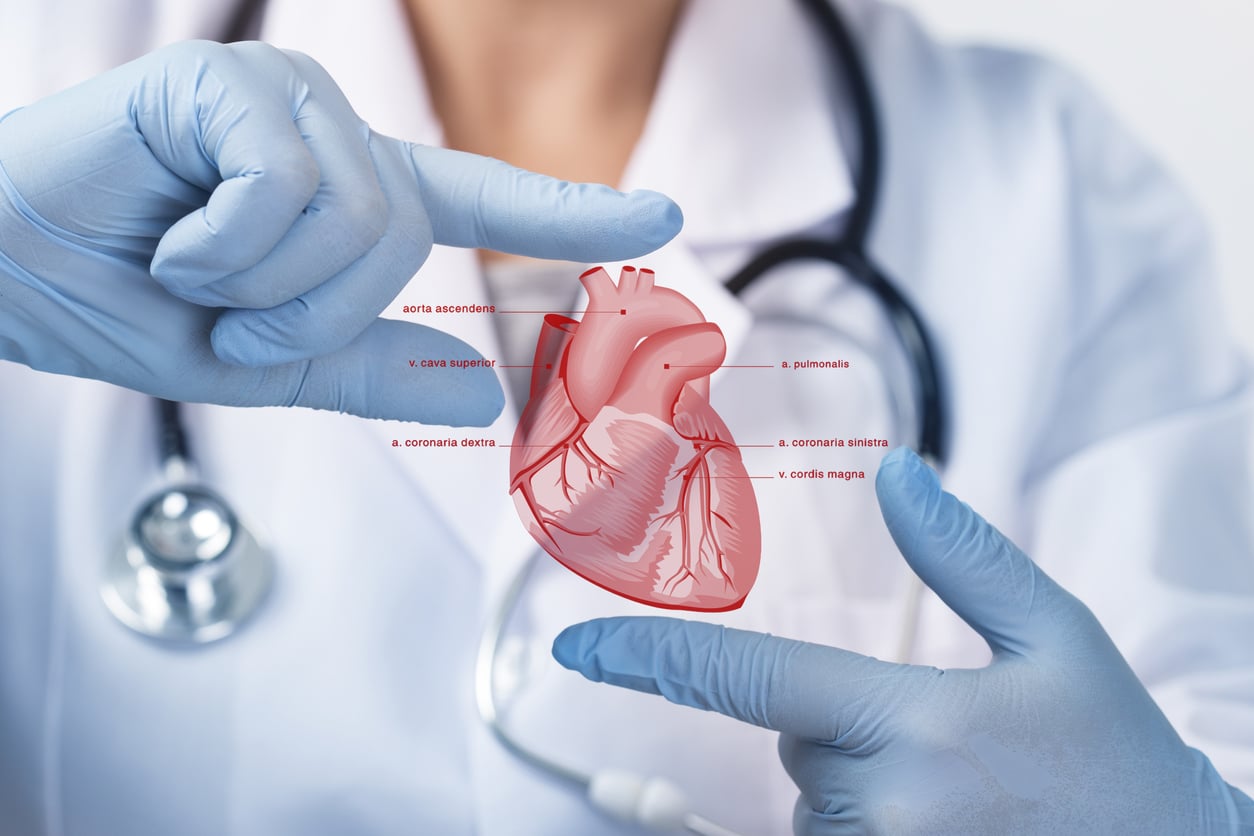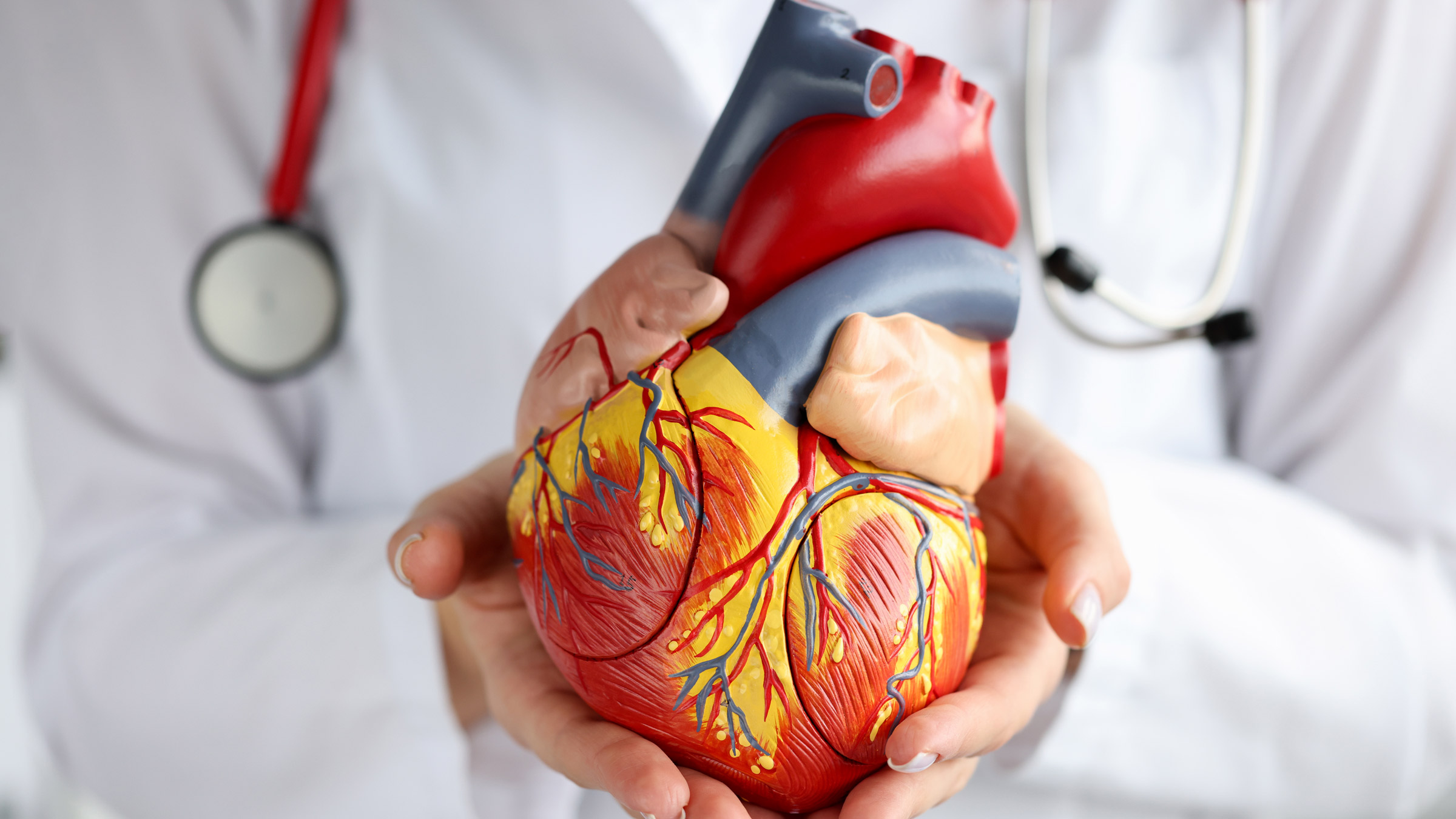Everything you need to know about Cardiology for vibrant heart health
Everything you need to know about Cardiology for vibrant heart health
Blog Article
Understanding the Importance of Cardiology in Modern Health Care Providers
Cardiology plays a critical role in modern medical care, particularly as heart problem remains to be the leading source of mortality worldwide. Advancements in diagnostics and treatment have actually changed individual treatment, making it possible for earlier treatments and boosted results. The change in the direction of preventive cardiology encourages people to handle their wellness proactively. As technology remains to evolve, the integration of cutting-edge remedies may further redefine cardiology's influence on public health and wellness, prompting a better examination of arising patterns and their ramifications.
The Prevalence of Heart Problem and Its Influence On Public Wellness
Heart illness remains the leading cause of fatality globally, its influence prolongs much past private patients to influence public health and wellness systems and economic situations. The high occurrence of heart disease positions a substantial strain on healthcare resources, necessitating raised funding for rehab, avoidance, and treatment programs. Public health and wellness campaigns have to attend to risk aspects such as weight problems, smoking, and less active way of livings, which contribute greatly to the increasing occurrence of heart conditions.Moreover, the economic concern related to heart problem is immense, including not just straight medical expenses however likewise indirect expenditures connected to shed productivity and early mortality. Areas encounter obstacles in managing these prices, typically leading to differences in medical care accessibility and outcomes. As the population ages and lifestyle-related dangers remain to escalate, the urgency for efficient cardiology treatments becomes extremely important. Attending to heart condition is not only a matter of individual wellness however likewise an essential public health and wellness concern.
Developments in Heart Diagnostics and Imaging Techniques
Current developments in heart diagnostics and imaging methods have actually reinvented the field of cardiology, improving the ability to identify and check cardiovascular disease. Techniques such as cardiac MRI, CT angiography, and echocardiography have actually become increasingly innovative, giving detailed pictures of heart structures and features. These techniques enable the early identification of problems like coronary artery illness, heart failing, and valvular disorders.Moreover, advancements in non-invasive diagnostics, such as wearable innovation and remote monitoring gadgets, have actually encouraged individuals and doctor. These tools assist in real-time monitoring of heart rhythms and various other necessary indicators, resulting in timely interventions. Furthermore, expert system is being integrated right into imaging analysis, enhancing precision and effectiveness in diagnosis.
Technologies in Therapy Choices for Heart Conditions
Recent improvements in cardiology have actually brought about considerable advancements in treatment options for heart conditions. These consist of advanced medical methods that enhance procedural results and arising medications that provide new opportunities for therapy. As the field evolves, these developments play a crucial duty in improving individual care and outcomes.
Advanced Surgical Techniques
Technologies in surgical techniques have changed the landscape of cardiology, using new expect people with heart disease. Minimally invasive procedures, such as catheter-based treatments, have actually substantially lowered healing times and hospital stays. Techniques like robotic-assisted surgical procedure enhance precision, enabling doctors to navigate intricate physiological structures with greater accuracy. Furthermore, improvements in imaging innovation promote real-time visualization during procedures, boosting outcomes. Transcatheter aortic shutoff substitute (TAVR) exhibits a development in dealing with aortic constriction, enabling valve replacement without open-heart surgical procedure. Additionally, hybrid techniques that combine surgical and catheter-based techniques give customized options for various cardiac issues. These sophisticated medical strategies not just improve person safety and security but also expand treatment choices, emphasizing the crucial function of advancement in modern-day cardiology practices.
Arising Treatments and medicines
As the landscape of cardiology proceeds to progress, emerging therapies and medications play a critical role in enhancing therapy alternatives for heart problems. Innovations such as novel anticoagulants and progressed lipid-lowering representatives have actually changed the administration of heart diseases, considerably minimizing patient morbidity and mortality. Furthermore, the advancement of gene treatments and regenerative medication provides promising methods for treating problems previously regarded incurable. Scientific trials are continually disclosing the effectiveness of these therapies, pressing the boundaries of typical treatments. The integration of digital wellness innovations helps with tailored medicine, enabling for customized treatment strategies based on hereditary and way of living factors. Jointly, these improvements emphasize the dynamic nature of cardiology, boosting patient end results and redefining requirements of treatment in modern health care.
The Function of Preventive Cardiology in Person Care
Preventative cardiology plays a crucial role in individual treatment by concentrating on the identification of danger variables that contribute to heart problem. Via lifestyle adjustment methods and very early discovery methods, medical care suppliers can properly reduce the incidence of cardiovascular events - Dr Garcia. This aggressive method not only improves patient outcomes however additionally advertises long-lasting health and wellness
Danger Aspect Identification
While cardiovascular illness stay a leading source of morbidity and mortality worldwide, reliable threat variable recognition functions as a keystone of preventative cardiology. Recognizing danger aspects such as hypertension, diabetic issues, hyperlipidemia, and family background is necessary for very early intervention. Health care professionals make use of different screening approaches to examine these elements, permitting customized precautionary measures. In addition, comprehending a patient's way of life choices, such as smoking and physical lack of exercise, additionally informs danger assessments. This thorough examination enables medical professionals to establish personalized treatment strategies targeted at mitigating threats. By prioritizing threat element recognition, healthcare systems can improve patient results and reduce the total concern of heart diseases, eventually adding to improved public health and wellness strategies and source appropriation.
Way Of Life Modification Techniques
A wide range of research studies highlights the essential function of way of life alteration strategies in decreasing heart disease risk. These techniques include nutritional adjustments, raised exercise, cigarette smoking cessation, and weight administration. By taking on a heart-healthy diet regimen abundant in fruits, veggies, entire grains, and lean healthy proteins, people can decrease cholesterol degrees and blood pressure. Routine physical activity enhances the heart and enhances general cardiovascular health and wellness. In addition, giving up smoking cigarettes significantly decreases the danger of cardiovascular disease and enhances recovery rates for those with status quo. Weight monitoring additionally adds to cardiovascular health by mitigating various other threat variables such as diabetes mellitus and high blood pressure. Carrying out these way of life changes not only advertises private wellness but also acts as a foundation of preventative cardiology in person treatment.
Early Discovery Methods
Way of life adjustments considerably add to decreasing cardiovascular condition dangers, but they are most reliable when combined with early detection methods. Preventive cardiology stresses the relevance of identifying possible heart problems prior to they intensify right into major conditions. Methods such as blood pressure surveillance, cholesterol screening, and progressed imaging technologies like echocardiograms play crucial duties in assessing cardio health. Biomarkers and hereditary screening also improve the accuracy of very early detection, allowing for tailored precautionary approaches. Normal cardiac threat evaluations empower healthcare providers to step in proactively, possibly avoiding heart assaults and strokes (Cardiology care). By incorporating these very early detection techniques right into regular treatment, patients can benefit from timely way of life treatments and targeted therapies, ultimately enhancing results and boosting high quality of life
Integrating Innovation Into Cardiology Practices
As developments in innovation continue to reshape different fields, the combination of cutting-edge devices and systems right into cardiology techniques this content has actually come to be essential for enhancing client care and outcomes. Telemedicine platforms permit cardiologists to keep track of clients remotely, improving access to care while decreasing the problem on health care facilities. Wearable gadgets, such as smartwatches, enable continuous heart rate tracking, informing both individuals and doctors to potential concerns in real-time. In addition, expert system (AI) is being utilized to evaluate large amounts of heart information, assisting in very early diagnosis and customized therapy plans. Advanced imaging strategies, consisting of 3D echocardiography, improve visualization of heart structures, leading to more exact interventions. Digital health and wellness records (EHRs) streamline person info monitoring, making certain that cardiologists have instant accessibility to vital data. With each other, these technological advancements are changing cardiology, advertising positive monitoring and improved health end results for clients with cardio problems.
The Value of Client Education And Learning and Involvement
Patient education and engagement play a pivotal role in the management of cardio health. By gearing up clients with knowledge about their conditions, therapy alternatives, and way of living changes, healthcare companies equip individuals to take an active role in their treatment. This aggressive strategy can result in improved adherence to prescribed drugs, nutritional modifications, and exercise regimens, eventually decreasing the threat of complications.Engagement likewise fosters a strong patient-provider partnership, urging open interaction and count on. When clients really feel notified and involved, they are most likely to voice problems and ask concerns, which can result in far better scientific results. Additionally, academic resources, such as workshops or digital platforms, can boost understanding and advertise self-management techniques. Generally, prioritizing person education and engagement is important for boosting cardiovascular wellness, enhancing top quality of life, and minimizing healthcare expenses related to heart diseases.
Future Trends in Cardiology and Their Possible Impact

Frequently Asked Questions
What Way Of Living Modifications Can Decrease Heart Problem Threat?
The existing question addresses lifestyle adjustments that can substantially minimize heart illness risk. Cardiology. Embracing a well balanced diet plan, taking part in regular physical task, preserving a healthy and balanced weight, handling tension, and avoiding cigarette can notably boost cardio health and wellness
How Can I Recognize Very Early Signs of Heart Troubles?
Recognizing very early indications of heart problems involves tracking symptoms such as breast pain, shortness of breath, fatigue, and irregular heart beat. Timely understanding of these indications can prompt essential medical analysis and intervention for far better outcomes.
What Are the Differences In Between Cardiologists and Cardiac Surgeons?
The distinctions in between cardiologists and cardiac surgeons hinge on their roles; cardiologists mainly detect and manage heart disease with non-invasive find more information methods, while cardiac specialists perform surgeries to fix architectural heart concerns. Each plays a crucial, distinct role.

How Commonly Should I Get My Heart Wellness Checked?
The frequency of heart health and wellness checks differs based on private danger variables. Generally, adults must go through examinations each to 2 years, while those with existing conditions may need even more constant assessments as recommended by health care professionals.
What Role Does Genetics Play in Cardiovascular Disease Danger?
Genes greatly affects heart illness danger, with domestic patterns showing acquired problems. Details genetics can incline individuals to hypertension, cholesterol problems, and other cardiovascular problems, highlighting the importance of genetic testing in reviewing heart wellness. Heart condition continues to be the leading reason of death internationally, its impact extends much past private clients to affect public health systems and economies. Public health campaigns have to attend to risk aspects such as weight problems, smoking cigarettes, and less active way of lives, which contribute greatly to the increasing occurrence of heart conditions.Moreover, the economic burden associated with heart illness is tremendous, incorporating not only straight clinical expenses but additionally indirect costs related to shed productivity and early mortality. Preventative cardiology plays an essential duty in individual care by concentrating on the identification of danger elements that add to heart disease. Artificial intelligence (AI) and maker knowing are enhancing diagnostics and individual monitoring, allowing very early detection of heart conditions. The differences in between cardiologists and cardiac surgeons exist in their functions; cardiologists largely manage and identify heart problems through non-invasive approaches, while heart cosmetic surgeons execute surgical treatments to fix architectural heart concerns.
Report this page